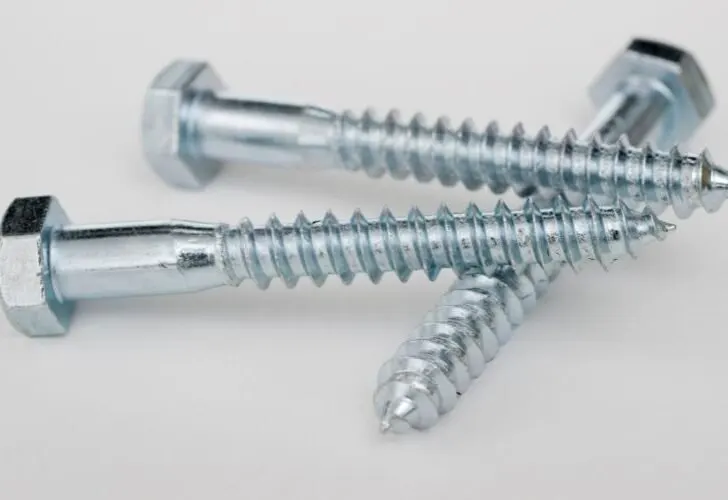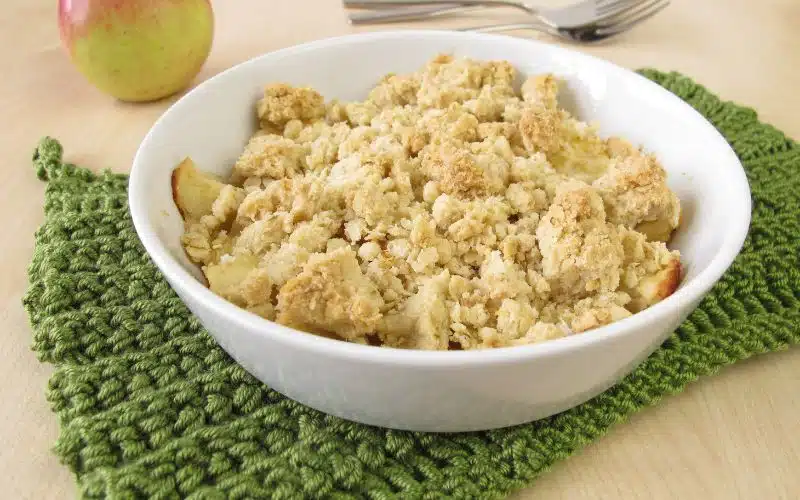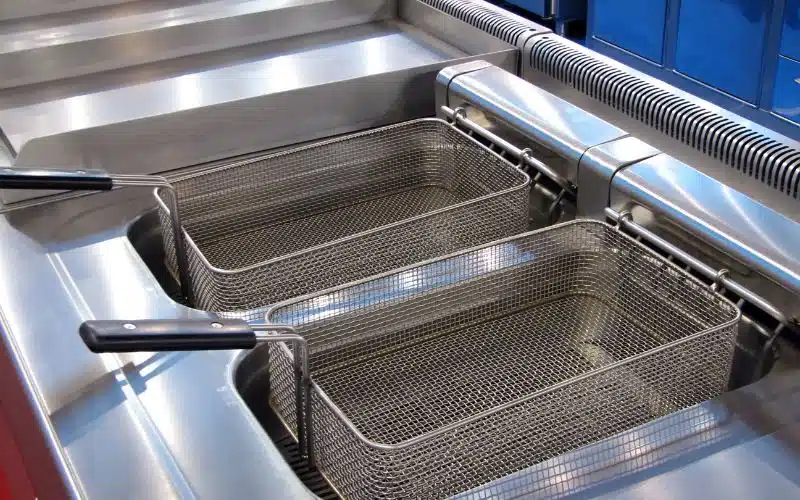Bolts are an essential part of construction projects. They help to keep the pieces of your building materials together, especially against the forces of nature.
It is the primary reason why it is crucial to choose the right bolt for every construction project. You need a screw that can hold any building material solid and rigid.
Lag bolts are suitable fasteners that many construction workers use to hold building pieces together. They are durable and long-lasting.
However, they have their limit and level where they do not apply like carriage bolts. The carriage bolt is a unique joint fastening screw that can do more heavy-duty construction than lag bolts.
Lag bolts are suitable to support fasteners, while carriage bolts are good primary fasteners. Also, lag bolts do not apply in major heavy metal construction. In contrast, carriage bolts are efficient in heavy-weight iron construction projects. Thus, carriage bolts are more potent than lag bolts in their uniqueness.
What is a Lag Bolt?

A lag bolt is a screw fastener for joining wood and other heavy materials. The common name is a lag bolt, but you can also refer to it as “lag screw .”
Lag bolts are solid fasteners that can effectively support the heavy weight of any building materials you join with wood. They are very durable and long-lasting for your construction work.
Additionally, lag bolts and screws have a distinct feature that distinguishes them from other types of screws.
They are bigger and thicker than other screws and have a specific application method. Most of the lag screws have a length of one inch and a quarter inch thickness.
In addition, they only have a hexagonal head, unlike other types of screws with multiple head types.
Furthermore, because of its distinctive head type, you would need a ratchet or nut driver to drill in a lag screw. It could be challenging to install a lag screw without proper tools.
The appropriate power drill and driver bit is best to tighten the screw. The bolt may not last long and fail its purpose if you do not tighten it correctly.
The hex head of lag screws makes them applicable in intense construction work. It makes them stronger and more rigid when you install them properly.
Also, the lead thread points of lag screws are very sharp and cut through materials easily.
The lead thread points are of different materials such as steel or zinc, galvanized steel, and stainless steel.
In addition, the one-sided nut feature of the lag bolts increases and guarantees their fastening power.
However, installing lag screws requires drilling a hole through the material before drilling in the screw.
You need to drill a hole in first because lag screws threading is extra coarse and long. At the same time, standard wood screws do not require drilling because of their short threading length.
The significant difference between lag bolt screws and other screw types are:
| Lag Bolts | Other Screws |
|---|---|
| They can withstand heavy loads. | Only a few can withstand heavy loads. |
| They are primarily for fastening thick wood and other heavy materials. | Wood screws can only fasten wood together. |
| They use nuts on one side. | Sheet metal screws can only fasten metal together. |
| They are massive. | They may have Phillips and slotted heads. |
| They only have hexagon-shaped heads. | Most of them are smaller and thinner than lag screws. |
| You do not need to drill a hole before installing most of them. |
What is a Carriage Bolt?
A carriage bolt is a fastener for attaching metal to metal, metal to wood, and wood to wood. Another name referring to these bolts is coach bolt.
In some countries, the name is cup head bolts according to the shape of the head. Carriage bolts are heavy-duty fasteners that can withstand heavy weight.
They are solid and turgid against the thickness of building materials. Additionally, carriage bolts have distinctive features that distinguish them from other bolt types.
They have a mushroom-shaped head that is shallow and dome-like. Although the length of their shank cross-section is mainly circular, they are square-shaped below the head.
The square-shaped part of the shank has no threads and is equal in diameter to the bolt’s shank.
The shank’s square section helps it lock into any square hole it enters. Also, you can only install a carriage bolt from one side with a spanner or wrench because of the shape of the shank.
A carriage bolt is best for attaching iron plates on the sides of thick wood. It locks itself into the square-shaped hole in the iron plates and holds it firmly against rotation.
Furthermore, the standard carriage bolts are stainless steel, although there are different materials for manufacturing carriage bolts.
Also, because of its distinctive smooth and dome-shaped head, you do not need to drill holes through materials before installing carriage bolts.
Carriage bolts are versatile; you can drill them through a circular hole effortlessly. Finally, there are different types of carriage bolts with their specific application and features.
The common types are plain, zinc, and galvanized steel. The standard shapes include;
- A round-shaped head with a short-necked bolt.
- A round-shaped head with a rib-necked bolt.
- A flat or horizontal head with a square-necked bolt.
- Fin-shaped neck bolts.
The significant difference between carriage bolts and other screw types are:
| Carriage Bolts | Other Screws |
|---|---|
| The shank section directly under the head is square shaped, then extends into a circular shape to the tip. | The whole shank cross-section is circular. |
| They can hold heavy wood and metal pieces. | Only a few can hold heavy wood and metal material. |
| You can only install them from one side. | You can install some of them on both sides. |
| They have a smooth, dome-shaped head. | They may have Phillips, hex, and slotted heads. |
| They need a washer and nut for installation. |
Lag Bolt Vs. Carriage Bolt for Deck
Lag bolts screw the deck ledger boards tighter and better than carriage bolts. However, the carriage bolts can create a problem for the deck’s wood material.
The square shank cross-section of carriage bolts may lose its firmness if the wood dries after drilling the screw into it.
Therefore, the carriage bolt head rotates when you tighten the nut, making it complicated.
Also, as a rule of thumb, the proper bolts for deck constructions are lag bolts. The lag bolts you are using need to be at least half an inch longer than the deck band board for it to be firm.
You may use a half-inch lag screw, which would still work perfectly. You should also avoid drilling the screws into a wall or fiberboard because they can’t withstand the deck’s weight.
It is best to screw lag bolts into a rim joist for more strength and firmness. Although both bolts are best for attaching wood to wood, the lag bolt is good for deck wooden materials.
The carriage bolt is not ideal because it would make the wood wobble under the heavy weight if the squared shank becomes loose. It would eventually make the deck collapse.
However, you can use carriage bolts for deck construction to firmly attach the deck to the building. You can use them as an alternative to the lag bolt.
It is best to install the carriage bolt’s nut and washer directly across the deck’s rim joist.
Although you should not use a carriage bolt for the complete deck construction, it is best only to use it to support some areas where the lag bolt can’t hold firm, especially for decks without rim joist.
Lag Bolt Vs. Carriage Bolt for Pergola
The best fastener for pergola construction is a carriage bolt. The carriage bolt would firmly hold two adjoining pieces of wood together.
You must completely drill through the two wood pieces before putting the bolt into the holes.
The carriage bolt’s washer and nut would secure it in place, and it would not come loose or rotate when the wood dries.
Meanwhile, a lag bolt screw would pierce the pergola woods if you use it as a fastener. The lag bolt is unsuitable for joining wood to wood because of its sharp, piercing nature.
When the lag bolt pierces the wood pieces, it weakens the pergola and gradually worsens. Then, the pergola eventually collapses when the piercing finally splits the wood.
Generally, as a rule of thumb, carriage bolts are for pergola constructions. It is because they can lock the wood pieces together without piercing through the wood.
However, they do not rotate when installing the nut and are almost invisible amidst the pergola wood structure.
Therefore, it is best to use carriage bolts for your pergola if you intend to make it last longer.
Lag Bolt Vs. Carriage Bolt Strength
Carriage bolts have more strength than lag bolts. However, both screws are heavy-weight fasteners that can support any weight and capacity.
Lag bolts do not have the advantage that carriage bolts do. The washer and nuts feature of carriage bolts helps to increase their strength and support, unlike lag bolts with no fasteners to hold them in place.
Additionally, the square-shaped section of carriage bolts helps them to lock into materials. The screw can also fit into both circular and square-shaped holes.
In comparison, lag bolts are circular and threaded from the shank cross-section to the tip, which makes them unsuitable for square holes. The screw comes loose if the hole you drill them into doesn’t fit perfectly.
Carriage bolts are durable for any wooden construction project because they do not split wood and can hold the wood beam in place.
You do not need any specific tightening level for carriage bolts; you can tighten them to any extent you desire.
However, lag bolts have their specific grades and method of application to ensure their efficiency.
Generally, carriage bolts are strong and turgid even against the most superior grade of lag bolts.
So you might want to consider the apparent strength when using them for construction. Also, carriage bolts can hold metal to wood or wood to wood.
Whereas lag bolts only hold wood to other materials because if you use them to join wood to wood, it would pierce and may eventually split the wood.
Are Carriage Bolts Stronger Than Lag Bolts?
Carriage bolts are stronger than lag bolts, especially for joints in heavy-weight projects. Although, both bolts are strong in their different applications.
Some cases require using the lag bolt’s strength because the carriage bolt may fail the purpose. Plus, lag bolts are more straightforward to drill into any material than carriage bolts.
Furthermore, carriage bolts have a strong weight-bearing capacity that can withstand a larger size and weight than lag bolts.
Although lag bolts are effective in making the fastening rigid, they are no match for the heavy load joint-making power of carriage bolts.
Plus, lag bolt screws do not allow self-lock into construction materials like carriage bolts.
Additionally, due to the self-locking ability of carriage bolts, they do not wobble or lose when the wooden material shrinks or expands.
Therefore, they are almost not noticeable in the construction project. However, some lag bolt screws, such as galvanized and stainless steel, have washers like carriage bolts.
Therefore, they can secure almost the same surfaces as carriage bolts. Also, the dome shapes head of carriage bolts makes you unable to pull them through the wood.
The head works as a unique washer when you use them on metallic surfaces.
The different features between lag bolts and carriage bolts are apparent when you use them for any surface.
Some of the significant differences are;
| Lag Bolts | Carriage Bolts |
|---|---|
| They have a hexagonal head, a round neck, and an entirely threaded pointed body. | They have a dome-shaped head, a smooth square neck, and a threaded circular body. |
| They are majorly for adding strength and support. | They are basically for fastening joints. |
| You need to drill a hole before installing them. | You do not need a hole to drill them. |
| The lag bolt screws do not need a washer or nut. | The carriage bolts require using a washer or nut. |
| They are less potent and have a limit on the weight they can handle. | Carriage bolts are strong and can withstand a higher weight capacity. |
| They may pierce through the wood. | They do not pierce through the wood. |
| They are best for rafter and deck constructions. | They are best for pergola, dock, rail, and swings construction. |
Conclusion
Lag and carriage bolts can function effectively in heavy-duty construction projects. However, it is essential to understand their applications before using them.
The wrong application of any of the screws can damage your construction project.





